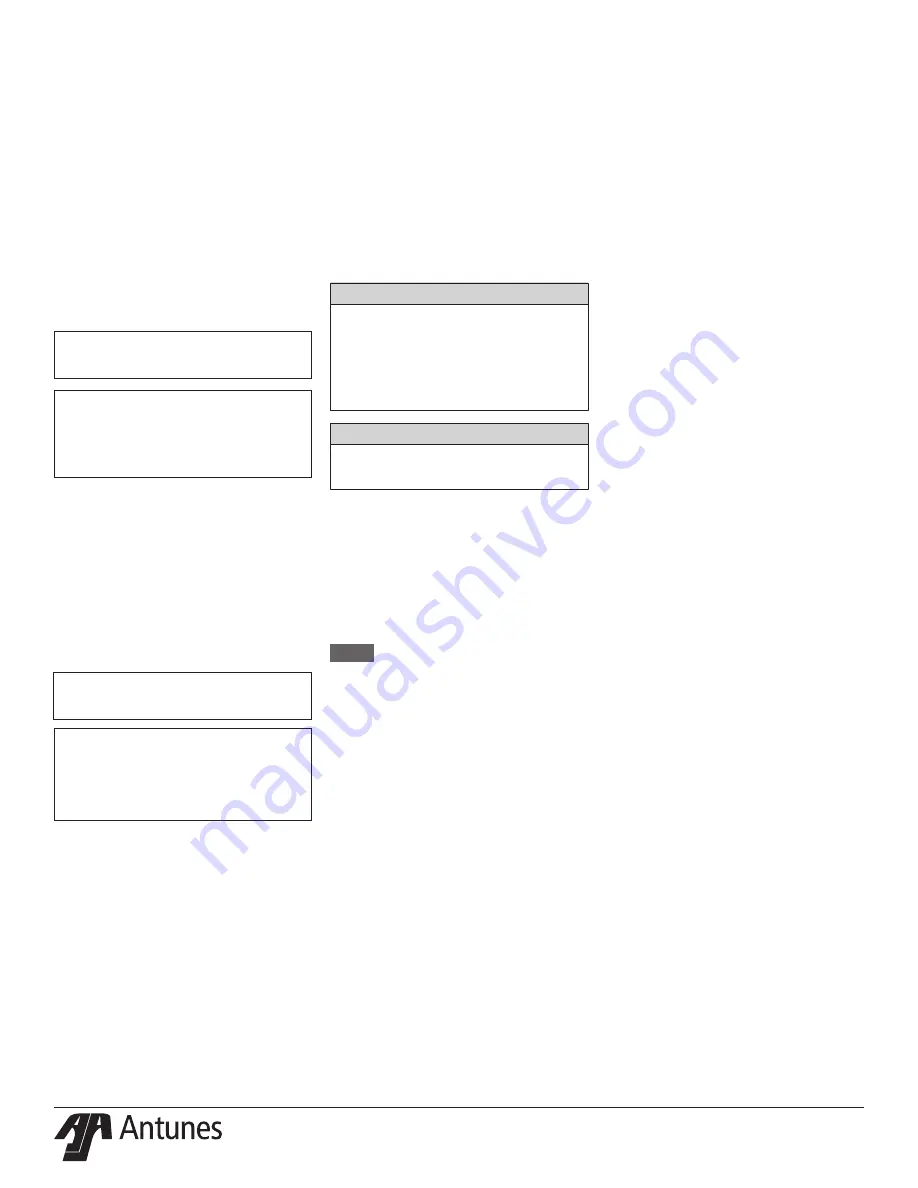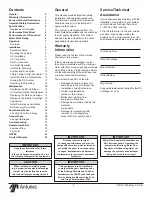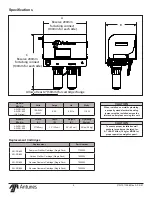
®
P/N 1011596 Rev. A 05/21
16
Initial Performance Verification
After initial flush, a TDS (Total Dissolved
Solids) measurement should be taken
and recorded. This data can be used to
compare to factory test data and future
system data. Some deviations may occur
due to differences in feed water TDS and
temperature
Total Dissolved Solids (TDS) Rejection
Test
Use the TDS meter to measure the TDS
in both the feed water and product water.
Calculate the percent rejection using the
formula below. Rejection should be 85% or
better:
100 x (Feed TDS - Product TDS) /
(Feed TDS) = % Rejection
Example:
Feed TDS = 500 ppm
Product TDS = 25 ppm
100 x (500 - 25) / (500) = 95% Rejection
RO Recovery Calculation
Using a stop watch and graduated cylinder
(or other calibrated volume), measure the
product water flow rate and the drain flow
rate. The product water flow rate should
be the flow coming directly from the RO
System, not from the tank. Close the TDS
blending valve and the tank valve to make
this measurement. Calculate the percent
recovery using the formula below:
100 x (Product Flow Rate) / (P
Drain) = % Recovery
Example:
Product Flow Rate = 25 ml/min
Drain Flow Rate = 200 ml/min
100 x (25) / (25 + 200 ) = 11.1% Recovery
Recovery is dependent on feed water
temperature and pressure. Measure and
record the feed water temperature and
pressure whenever measuring the percent
recovery.
Semi-Annual Tasks
Check Tank Air Pre-Charge
The tank air charge should be checked
every six months:
Tools and supplies required:
Air Pressure Gauge, 5-40 psi range (0.3
- 2.7 bar) with tire valve (Schrader Valve)
connection.
Source of compressed air (manual bicycle
tire pump or air compressor).
CAUTION
Air pre-charge should be checked and
adjusted under zero system pressure.
The system must be depressurized
before checking the tank pre-Charge.
Do NOT adjust the tank air pre-charge
with the system under pressure.
CAUTION
Be careful when adding air to the tank. Do
NOT add too much air pressure to the tank.
1.
Depressurize the system by closing
the Inlet Valve and opening the tank
valve. Make sure the tank is fully
drained.
2.
Unscrew the protective cap from the
air valve on the tank.
3.
Use the pressure gauge to check
the tank pre-charge for pressure.
NOTE:
If any water comes out of the
air valve, the tank bladder has
ruptured and the tank needs to
be replaced.
4.
Check the tank manufacturer for the
recommended air pressure charge.
If there is no recommendation,
most RO system tanks have an air
pressure charge of 5-8 psi.
y
To add pressure to the tank, use
a manual bicycle tire pump or
other source of compressed air.
y
To release pressure from
the tank, press the center
pin on the air inlet valve.
5.
Once the tank air charge is set,
replace the protective cap on the air
valve.
6.
Pressurize the system by opening
the Inlet and Tank valves.
Annual Tasks
Change Sediment, Carbon, and
RO Cartridges
The sediment and carbon cartridges should be
changed as indicated on the controller.
Depending on performance changes, the RO
cartridge may need to be changed as indicated
on the controller.
Follow the change procedures for each as
shown earlier in this Maintenance section.







































